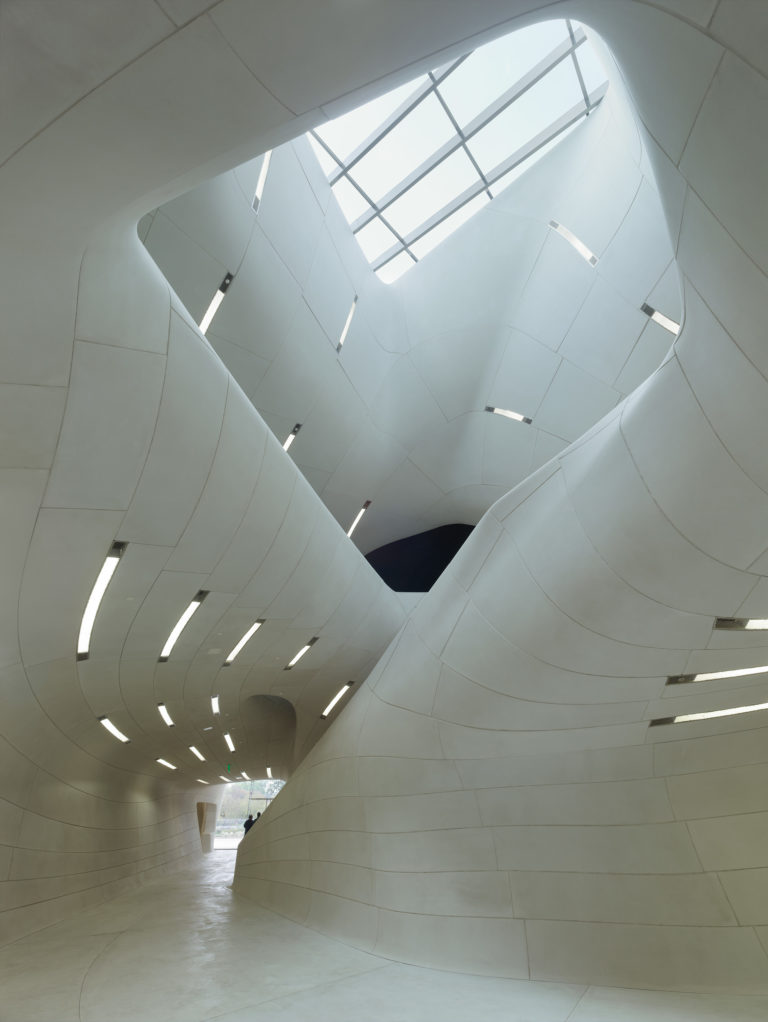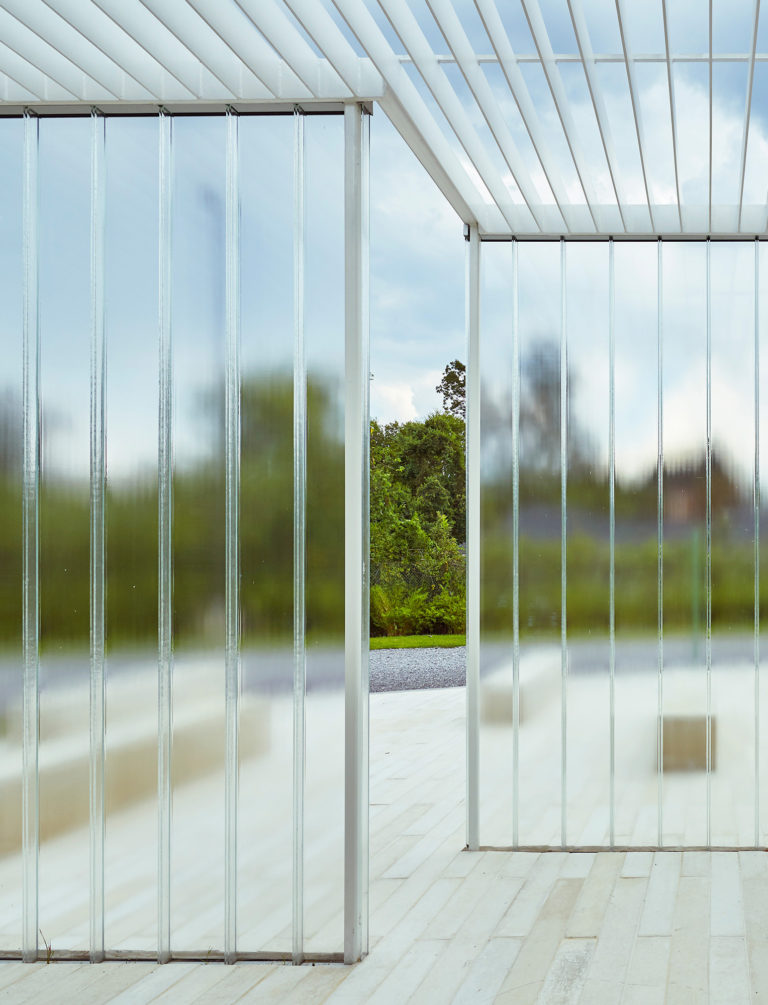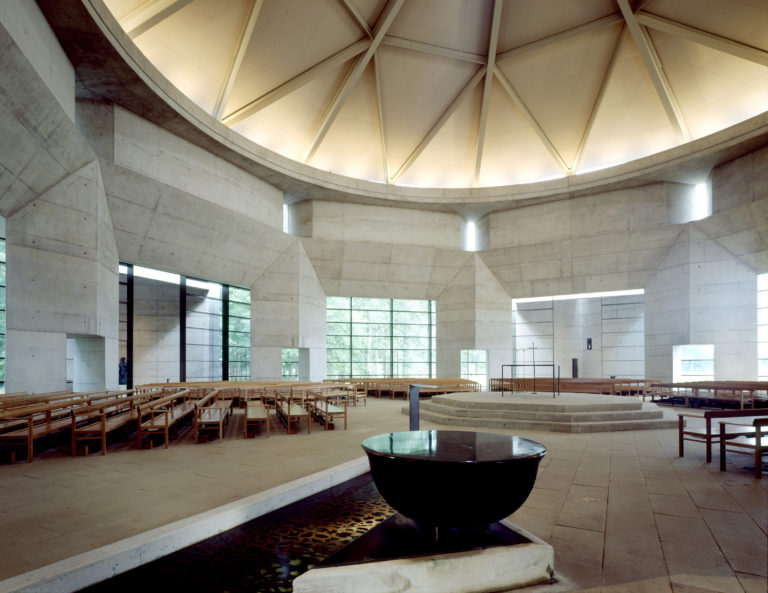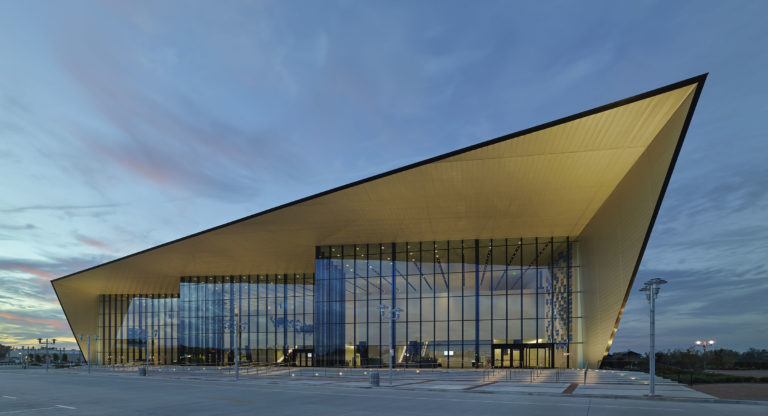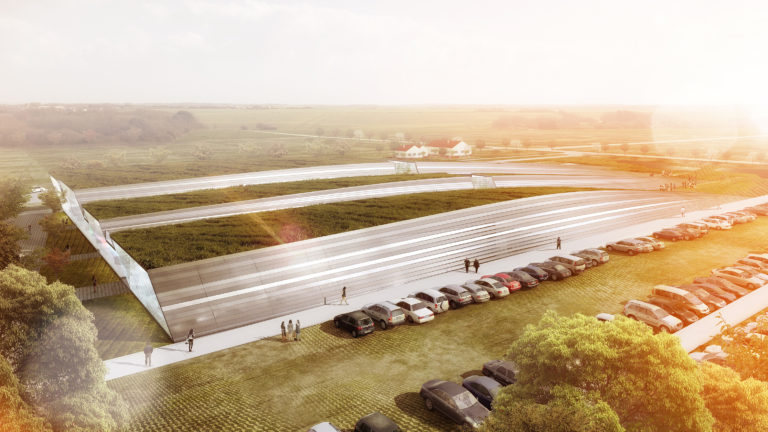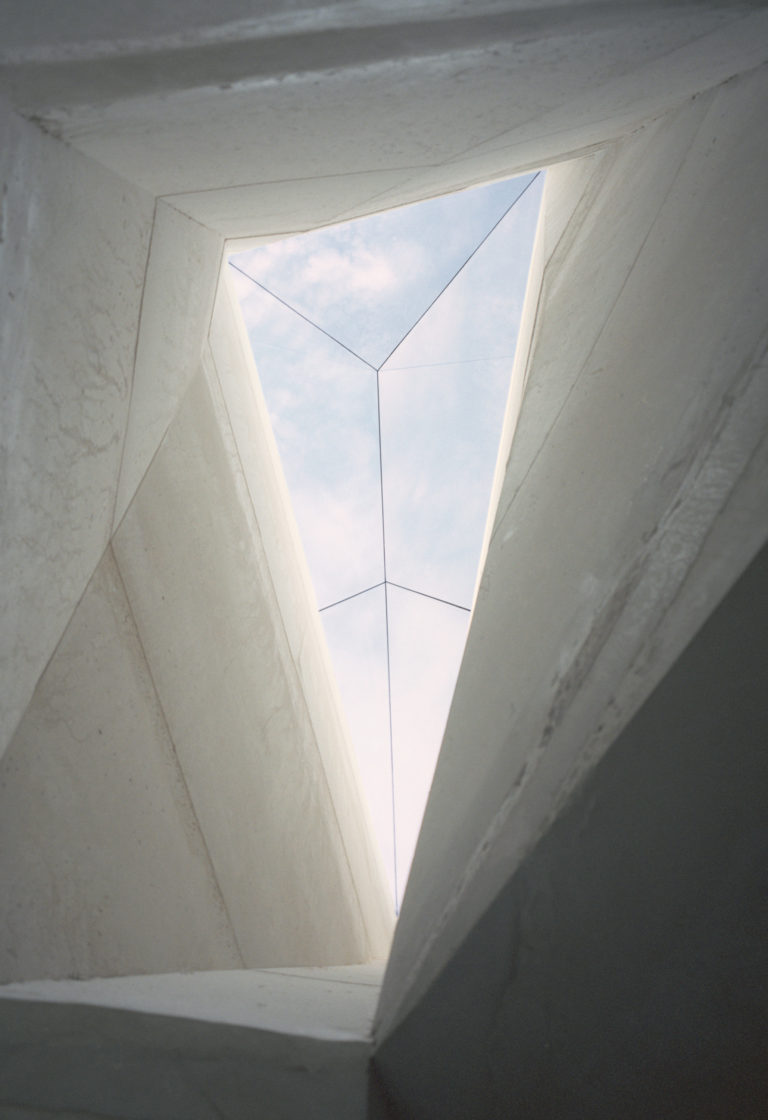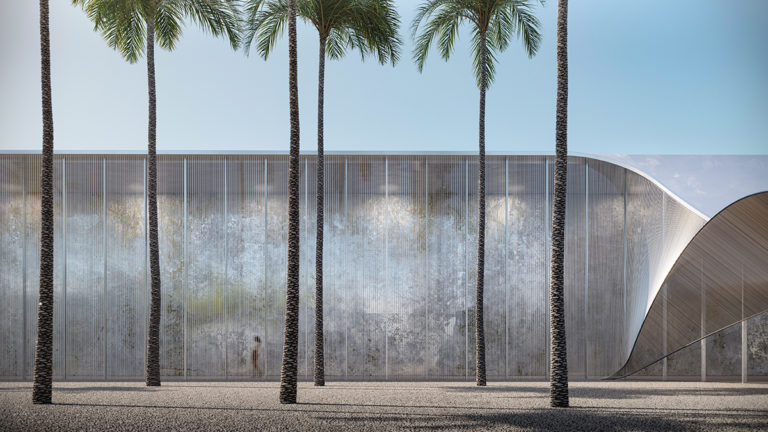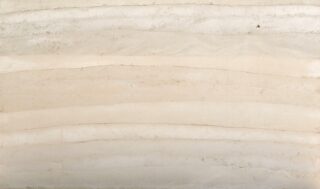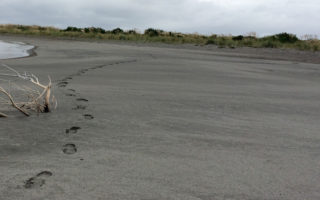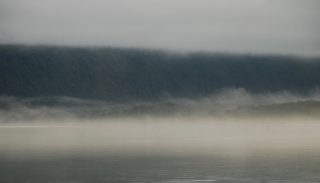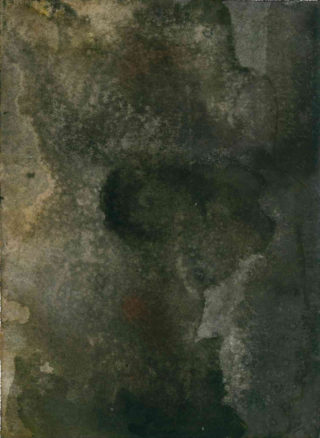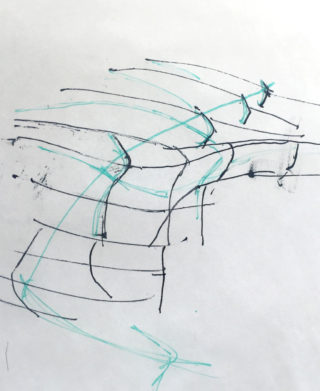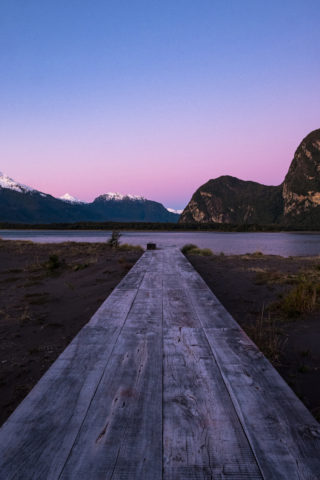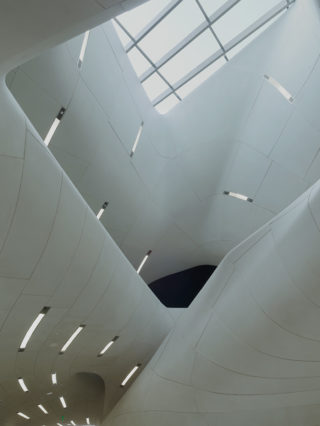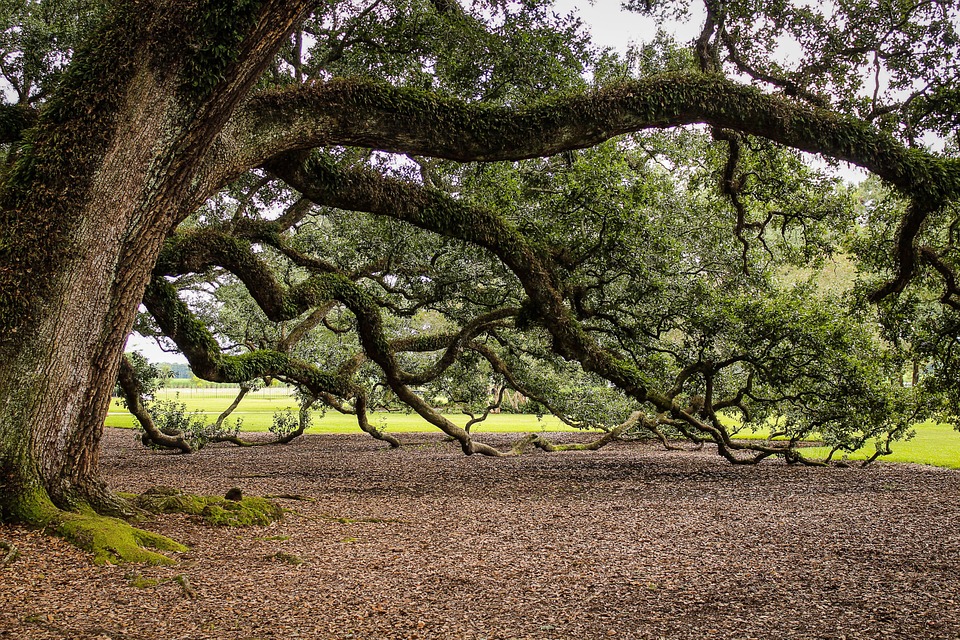
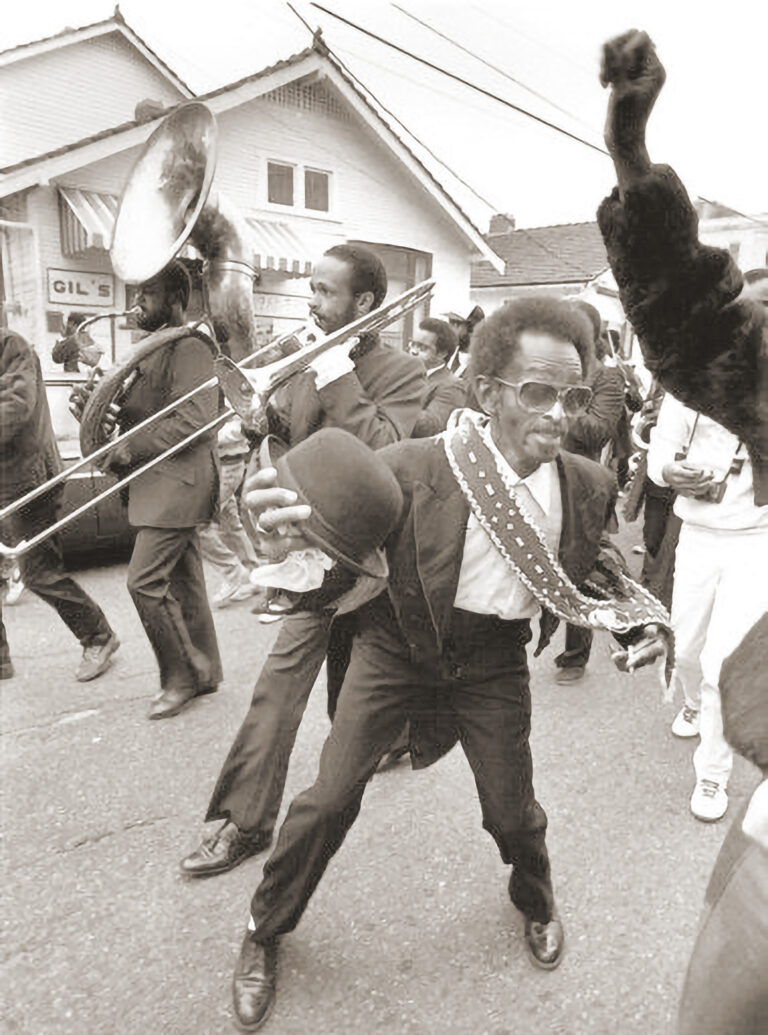
Jazz Funerals are a powerful expression of Black cultural heritage in New Orleans, turning mourning into a vibrant celebration of life. Rooted in African and Afro-Caribbean traditions, they honor both the deceased and the resilience of the living. On the new campus, an adapted Second Line will weave through the St. Roch neighborhood and Cypress Allée, embedding this tradition into the landscape. The campus becomes a living tribute to the cultural significance of Jazz Funerals—supporting their continuation and reinforcing funerary practice as a form of collective memory, joy, and healing.
- Open story

Jazz Funerals are a powerful expression of Black cultural heritage in New Orleans, turning mourning into a vibrant celebration of life. Rooted in African and Afro-Caribbean traditions, they honor both the deceased and the resilience of the living. On the new campus, an adapted Second Line will weave through the St. Roch neighborhood and Cypress Allée, embedding this tradition into the landscape. The campus becomes a living tribute to the cultural significance of Jazz Funerals—supporting their continuation and reinforcing funerary practice as a form of collective memory, joy, and healing.
- Open story
The Museum’s interior reflects the region’s fluvial geomorphology – the transformation of the landscape from centuries of carving by the meandering river. Sculpted from over 1,100 unique cast stone panels, the interior seamlessly integrates building systems and serves as a canvas for exhibitions and films.
- Open story
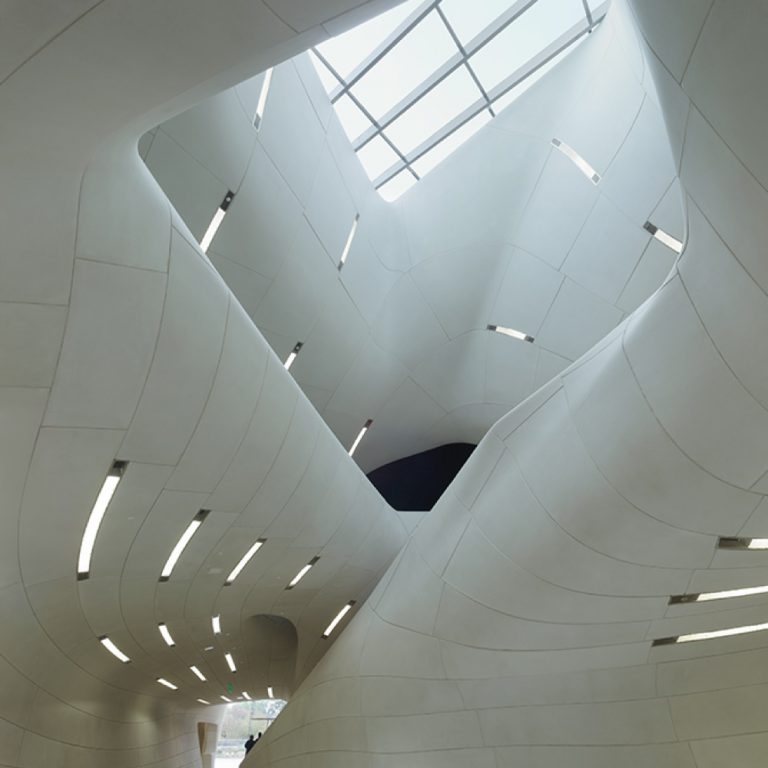

The Museum’s interior reflects the region’s fluvial geomorphology – the transformation of the landscape from centuries of carving by the meandering river. Sculpted from over 1,100 unique cast stone panels, the interior seamlessly integrates building systems and serves as a canvas for exhibitions and films.
- Open story
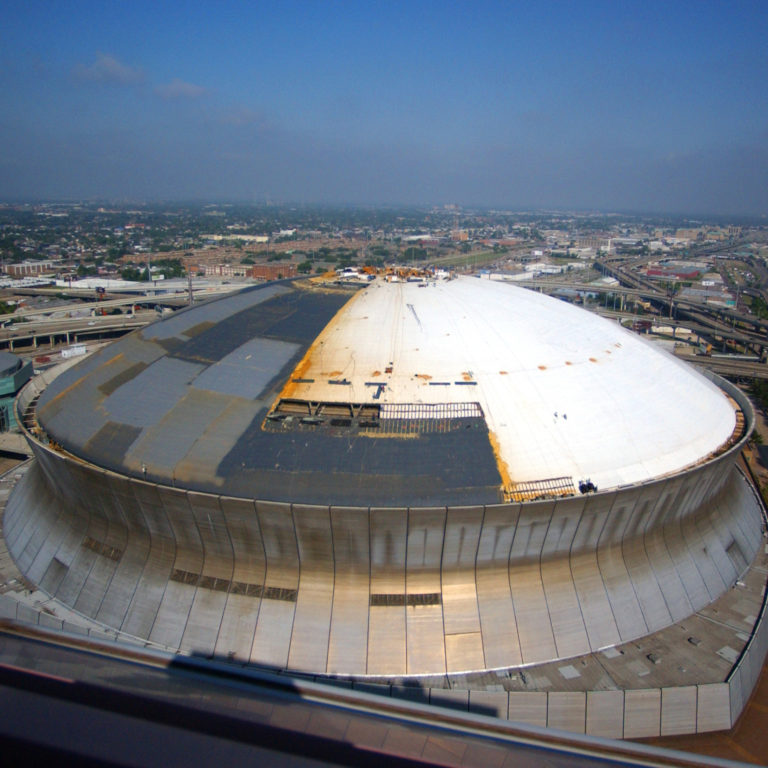
On August 29, 2005, the worst natural disaster in U.S. history, Hurricane Katrina, brought New Orleans to its knees. The effects of this devastating storm were personified by the damage inflicted upon the city’s largest, most recognizable icon, the Superdome. It came to serve as a “Refuge of Last Resort” providing shelter for more than 30,000 New Orleans citizens for six long days. Ultimately the Superdome is responsible for saving the lives of countless New Orleanians.
- Open story

On August 29, 2005, the worst natural disaster in U.S. history, Hurricane Katrina, brought New Orleans to its knees. The effects of this devastating storm were personified by the damage inflicted upon the city’s largest, most recognizable icon, the Superdome. It came to serve as a “Refuge of Last Resort” providing shelter for more than 30,000 New Orleans citizens for six long days. Ultimately the Superdome is responsible for saving the lives of countless New Orleanians.
- Open story
Weaving has always played a significant role in cultures worldwide, including the diversity of Indigenous nations. The cultural practice of weaving is creatively expressed and represented in the physical manifestation of forms and patterns—from the facades of Haudenosaunee long houses and Anishinaabe ash baskets to the woven bits of brush and twigs between the stakes of fishing weirs. More profoundly, the process of weaving calls to the spiritual, cultural, and social practices of sharing stories—interlacing the knowledge of the skies, land, and waters from one generation to the next.
- Open story
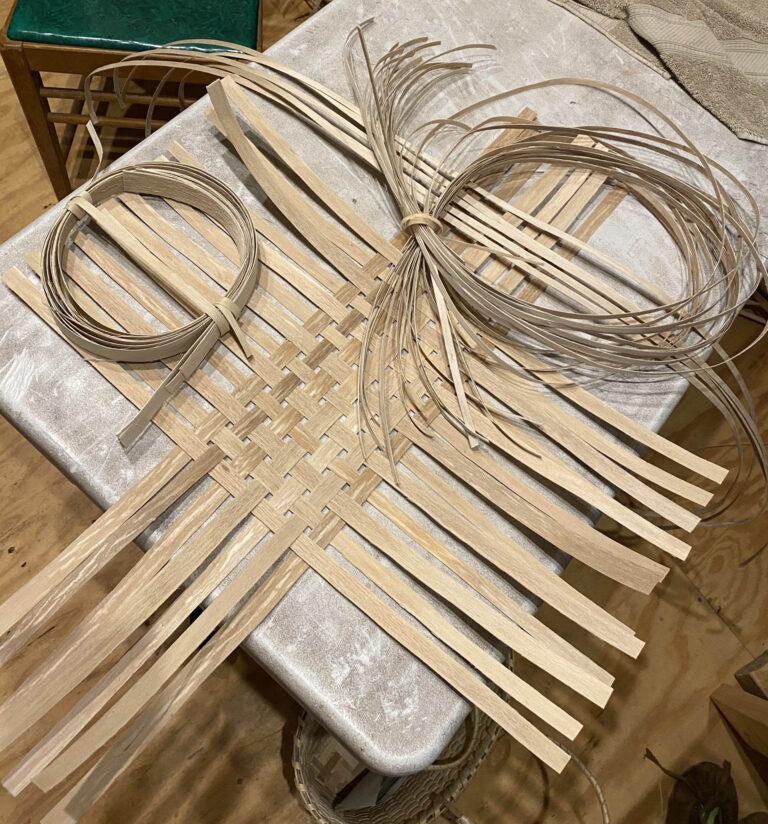

Weaving has always played a significant role in cultures worldwide, including the diversity of Indigenous nations. The cultural practice of weaving is creatively expressed and represented in the physical manifestation of forms and patterns—from the facades of Haudenosaunee long houses and Anishinaabe ash baskets to the woven bits of brush and twigs between the stakes of fishing weirs. More profoundly, the process of weaving calls to the spiritual, cultural, and social practices of sharing stories—interlacing the knowledge of the skies, land, and waters from one generation to the next.
- Open story
